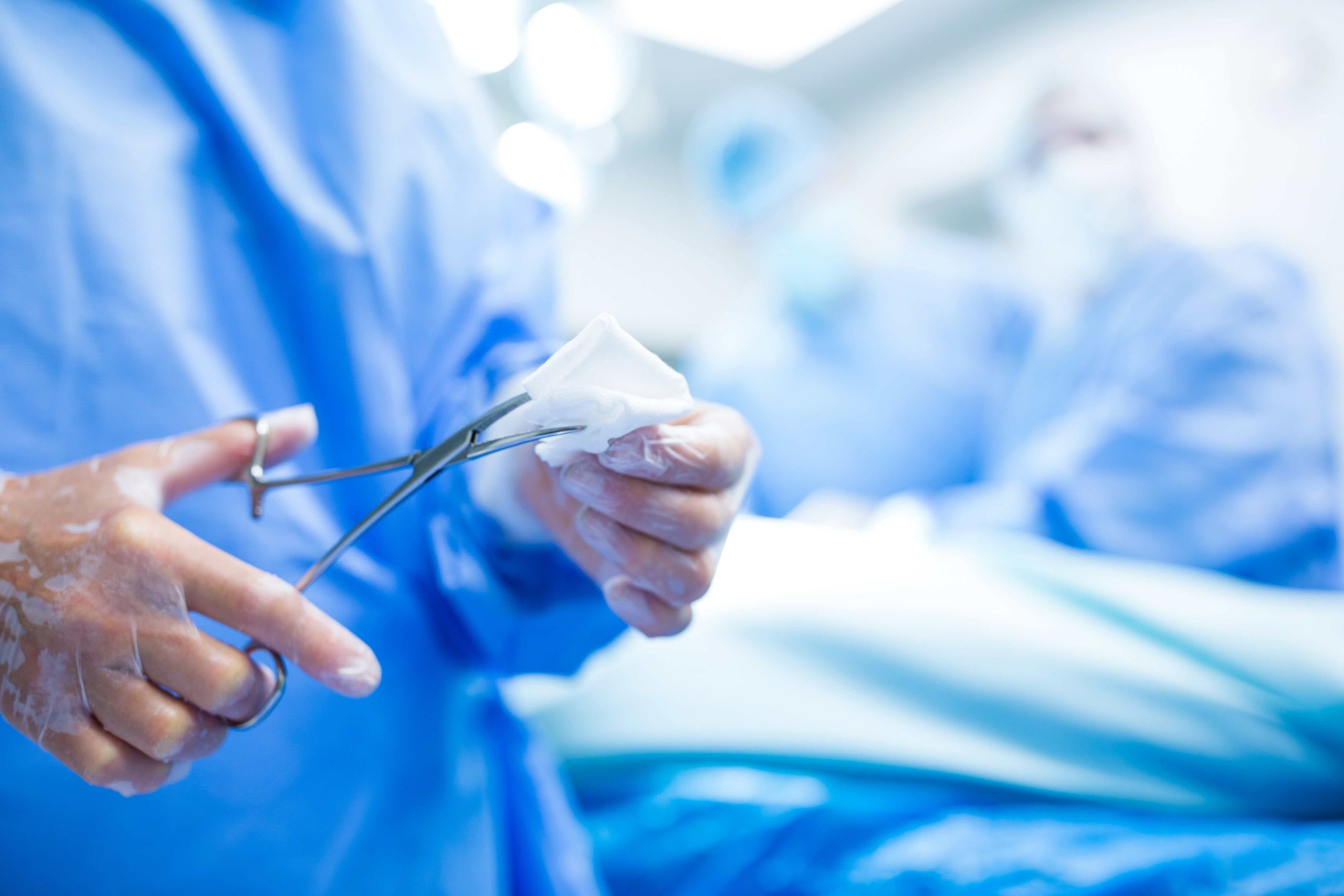Vasectomy is a permanent surgical method of contraception for men. Two types of vasectomy procedures are performed – standard vasectomy and no-scalpel vasectomy.
In the standard vasectomy procedure, two small incisions are made on each side of the scrotum using a scalpel to access the vas deferens. In contrast, no incisions are required in no-scalpel vasectomy.
Comparatively, no-scalpel vasectomy has a faster recovery rate and is less invasive. This option is gaining popularity among men in the United States who would wish to undergo birth control.
What is No-Scalpel Vasectomy?
No-Scalpel Vasectomy is a surgical procedure where no incisions are made, unlike standard vasectomy. It is also known as keyhole vasectomy, and the procedure is less invasive and quick. A small puncture hole is created in the scrotum, and the entire procedure is done through it.
The no-scalpel vasectomy is performed as an outpatient procedure, and the total surgical process takes approximately 15 to 20 minutes, including prep and anesthesia.
Procedure
Though the goal of no-scalpel vasectomy and the standard vasectomy is the same – stop the flow of sperm into the semen – the surgical technique used is different.
The no-scalpel vasectomy procedure utilizes a specifically designed ringed clamp and dissecting hemostat to access the vas deferens (a duct that carries sperm cells from the testicles to the urethra) by puncturing the scrotum.
In the operating room, local anesthesia is given in the groin or scrotum to numb the area. The surgeon will locate the vas deferens under the skin and hold it in place with a special clamp outside the scrotum. A small puncture hole is created in the scrotum, and the vas deferens are pulled out. A small portion is excised, and then the remaining ends are clipped, ligated, or cauterized. Each vas is lifted out at a time through the single puncture site, cut and occluded, and then placed back into its normal position.
Benefits
When compared to the conventional vasectomy method, no-scalpel vasectomy offers additional benefits.
- Simple and less invasive
- Highly effective
- Small puncture hole with minimal post-procedure pain
- Lower risk of bleeding complications and infection
- Early recovery and ambulation
- Minimum postoperative hospital stay (approximately 30 minutes)
- No suture removal since no sutures are placed
- No scarring
- Post-procedure follow up once after three months
- Can drive back home by car
- May resume light duty from the same day itself
- May resume intercourse after one week
Reports from men who underwent the no-scalpel vasectomy also demonstrate:
- Quick recovery
- Insignificant postoperative pain
- Minimal post-procedure complications
- Able to resume intercourse quickly
- Overall satisfaction in sexual life
- Positive psychological status postoperatively
Disadvantages
- This technique requires lots of practice and hands-on training.
- There may be a possibility of sperm to be present in the vas beyond the sealing. Hence, a backup method of birth control is required for at least 12 weeks after the procedure (first 15 to 20 ejaculations).
- No protection against STDs (sexually transmitted diseases) or HIV.
- Requires additional post-procedure semen analysis until no presence of sperm in the semen.
- Since tubal ligation is the most popular contraception method, awareness regarding no-scalpel vasectomy must increase.
Postoperative Complications
The no-scalpel vasectomy is a minimally invasive surgical procedure and typically does not have any major side effects. A few people may experience the following complications:
- Pain – Managed with painkillers
- Fever, Infection – Managed with antibiotics
- Reaction to local anesthesia
- Oozing from scrotum – Incision and drainage under local anesthesia (infrequent)
- Bleeding/Hematoma – Evacuation of blood collection under local anesthesia
- Formation of sperm granuloma
- Chronic discomfort or scrotal pain – Managed with long-term painkillers or surgery
- Difficulty urinating
- Pain may last for about 2 to 4 weeks (2 in 100 patients)
- Pain may last many months (1 in 1000 patients)
Recovery
After the vasectomy procedure, the physician will prescribe painkillers and instructions on how to take care of the scrotal area. Dressings will be placed, which should be changed at home.
The punctured holes will heal on their own. It is normal to have a small amount of bleeding or oozing, but it must stop within 24 hours.
It’s safe to take a shower a day after the procedure and pat dry the scrotal region. The area must be maintained clean and dry.
Ice packs can help reduce pain and swelling after the vasectomy for the first 36 hours. Don’t place the ice packs directly on the skin; instead, wrap them in a towel and then place them.
Avoid lifting heavy weights, running, or other strenuous activities for at least a week. Normal activities may be resumed within 48 hours and may even return to work.
Avoid intercourse and ejaculation after a vasectomy for about a week.
Cost
Typically, a no-scalpel vasectomy may cost between $500 and $1,000 without insurance. It also depends on the geographical location and the facility you choose. Initial consultation and follow-up visits for semen analysis may be charged.
Insurance policies, including Medicaid and some government-sponsored programs, may also cover the entire cost of this procedure. Check with your insurance company about the payment options.
Effectiveness
The no-scalpel vasectomy is perceived to be 99.85% to 99.9% effective in a man who adheres to backup birth control and semen analysis with no sperm left in the semen.
Of note is that the effectiveness of the no-scalpel vasectomy is not 100% guaranteed. There is a possibility of recanalization even if the procedure is performed perfectly. The sperm may manage to pass across the occluded ends of the vas deferens, though this occurrence is very rare (less than 0.2%).
Recanalization typically occurs in the first 2 to 3 months after the no-scalpel vasectomy (1 in 500 patients) and may even occur years after the procedure (1 in 4,500 patients). It is important to undergo semen analysis 6 to 12 weeks after a vasectomy to ensure no sperm is present.
Vasectomy Reversal
Reversing the vasectomy procedure can help restore fertility by reattaching the severed vas deferens, but it is technically complex and expensive with variable success rates. Many men often request reversal when they change their minds and wish to have children with their partners or want to start a new family or any circumstantial changes.
A vasectomy reversal is most effective if done within the first ten years of the procedure; however, it does not always guarantee fertility restoration.
Summary
No-Scalpel Vasectomy is intended to be a permanent contraceptive solution for men. The procedure can be effective and safe when performed by an experienced surgeon with a very low failure rate.
It would be prudent to weigh the implications of the procedure before choosing to have it done. Men who don’t want to have children and are 100% confident about their contraceptive decision can opt for no-scalpel vasectomy.
Remember, this procedure is permanent, and a reversal isn’t a guarantee. A urologist can help address your questions or concerns regarding no-scalpel vasectomy and help you make an informed decision.









